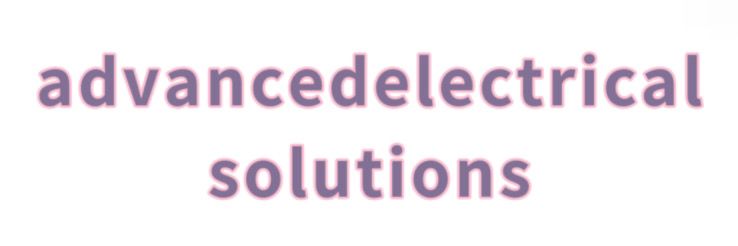How to Choose Medium Voltage Power Cable Effectively
Navigating the complexities of selecting the right medium voltage power cable can be challenging for many end users. Whether you are involved in industrial projects, renewable energy installations, or utility upgrades, making the right choice is critical to ensuring system efficiency, safety, and longevity. Below, we’ll explore key factors that can aid in effective decision-making and provide solutions to common problems faced during the selection and usage of medium voltage power cables.
Want more information on Medium voltage Power Cable? Feel free to contact us.
Understanding Application Requirements
The first step in choosing a medium voltage power cable is to thoroughly understand your application requirements. Different applications—such as power distribution, renewable energy systems, or industrial machinery—have unique demands. It is vital to implement a detailed needs assessment that considers voltage level, environmental conditions, and load requirements.
Assessing Voltage Level
Medium voltage cables generally operate in the range of 1 kV to 35 kV. Identifying the precise voltage your system will utilize is paramount. Utilizing cables rated below the voltage of your system can lead to insulation failure, and thus, jeopardize safety. Consulting with a qualified electrical engineer can help clarify voltage requirements.
Considering Environmental Factors
The environmental context in which the cable will be installed also plays a significant role. Factors such as temperature fluctuations, moisture, UV exposure, and chemical exposure can affect cable performance. For instance, if the cable is to be laid underground, selecting a type with suitable insulation against moisture ingress is essential. Specific cables are designed for harsh conditions, ensuring longevity and compliance with industry standards.
Choosing the Right Insulation Material
The insulation material is a crucial aspect of medium voltage cables as it directly influences the safety, performance, and durability of the cable. Common insulation materials include XLPE (cross-linked polyethylene), PVC (polyvinyl chloride), and EPR (ethylene propylene rubber).
Evaluating Insulation Features
XLPE cables, known for their thermal properties, are often recommended for high-temperature applications. They offer excellent resistance to electrical stress and moisture, making them ideal for various installations. PVC cables, on the other hand, can be more cost-effective but may not withstand extreme conditions as well as XLPE. It's crucial to evaluate these characteristics relative to your project’s specific needs. Robust insulated cables may sometimes come at a premium, but their performance can mitigate the risk of costly downtimes or hazardous failures.
Compliance with Regulations and Standards
Medium voltage power cables must comply with various regulations and standards, including IEEE, IEC, and local codes. Non-compliance can lead to significant safety risks and penalties. Thus, ensure that your selected cable adheres to the relevant standards for your industry and locale; this is essential not just for safety but for ensuring efficient operational performance.
Consulting with Manufacturers
Engaging with reputable manufacturers can simplify the selection process. They can provide insights into industry standards and specific cable performance data. Experienced manufacturers can recommend cable types tailored to your needs and can often provide custom solutions depending on unique project demands. Their technical support can also guide you through installation practices that can prevent potential issues down the line.
Evaluating Cost vs. Value
Finally, while initial costs are an important factor in cable selection, evaluating long-term value is crucial. Investing in higher-quality cables may require a larger upfront investment but can significantly reduce costs associated with maintenance, repairs, and replacements over the cable's operational life. Prioritizing quality can lead to increased reliability and performance, ultimately translating into financial savings in the long run.
In summary, the decision-making process for selecting medium voltage power cables requires careful consideration of application requirements, insulation materials, regulatory compliance, and long-term value. By addressing these aspects and seeking guidance from industry experts, customers can navigate their options with confidence and ultimately contribute to the safety and efficiency of their electrical systems.
Contact us to discuss your requirements of Photovoltaic Wire. Our experienced sales team can help you identify the options that best suit your needs.


Comments